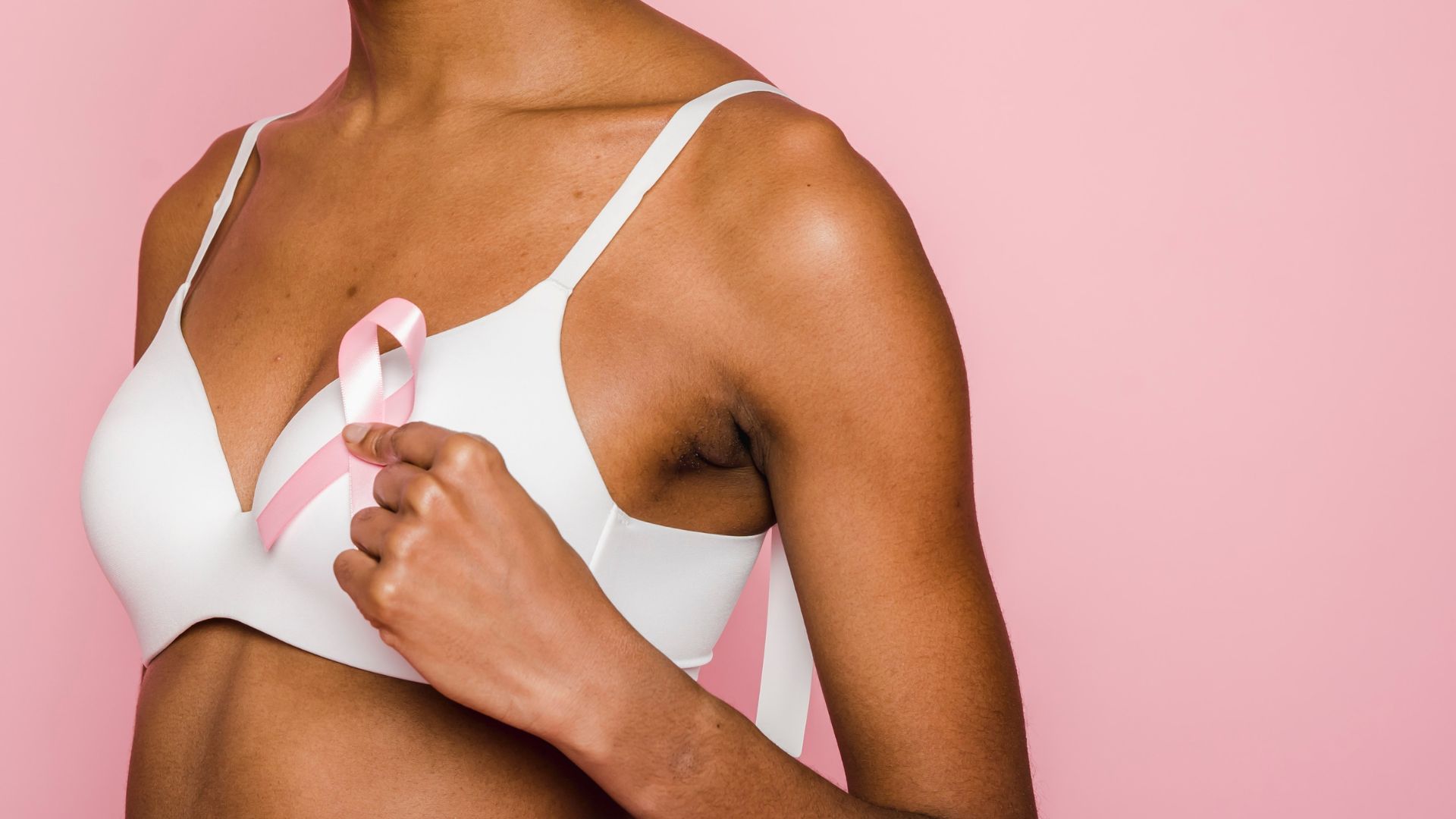There are 62,000 new cases of breast cancer every year. However, screenings are declining, according to the Cancer League’s latest survey, released Tuesday. “ A result that places France at the bottom of the European ranking, very far from countries like Denmark or Finland, whose participation rates exceed 80%. », contextualizes the League.
A few days after Pink October, it is essential to remember the importance of screening and self-examination. Reflexes that can save human lives.
Fewer than one in two women aged 50 to 74 were screened in 2022
For 10 years we have therefore seen a constant decline in the participation of French women in screening campaigns. So much so that 12% of those old enough to do so have never been tested. This represents 1.3 million women between the ages of 50 and 74.
Furthermore, in 2022, only 44.9% of women in this age group underwent screening. “However, when detected early, Breast cancer is cured in 90% of cases »echoes Daniel Nizri, president of the League against Cancer, to his colleagues BFMTV.
The absence of symptoms is not enough to rule out potential breast cancer.
How to explain, then, that so many patients are reluctant to be seen? At the top of the obstacles revealed by the survey, the argument of the absence of symptoms. The League Against Cancer is categorical: “ Screening is aimed precisely at people who do not complain of anything, to identify an incipient disease before the signs appear. » specifies Emmanuel Ricard, spokesperson, into the microphone of France Blue.
But the absence of symptoms is not the only obstacle reported in the survey: one in five women gives up screening for fear of feeling pain, 16% for fear of a positive diagnosis and 16% for fear of a positive diagnosis. 10% because they don’t want to undress in front of the doctor (an increasing figure, according to the League, which calls for educational work upstream to defuse this blockade).
Unequal access to care
But the screening differences can also be explained by inequalities in access to care.
“Breast cancer is the leading cause of cancer death in women and social inequalities are one of the main indicators of health inequalities in relation to this important issue.”
Daniel Nziri for BFMTV
In fact, 10% of patients highlight it as the main obstacle the distance between their home and the nearest screening center is too long. Added to this are excessively long waiting times and sometimes even the simple fact of not knowing who to contact for screening in your region.
However, effective screening requires a repeat mammogram every two years between the ages of 50 and 74. It is also advisable, starting from the age of 25, to have an annual palpation performed by a doctor, gynecologist or midwife.
The future of Numerama is coming! But even before that, our colleagues need you. Do you have 3 minutes? Take their survey
Source: Madmoizelle
Mary Crossley is an author at “The Fashion Vibes”. She is a seasoned journalist who is dedicated to delivering the latest news to her readers. With a keen sense of what’s important, Mary covers a wide range of topics, from politics to lifestyle and everything in between.





